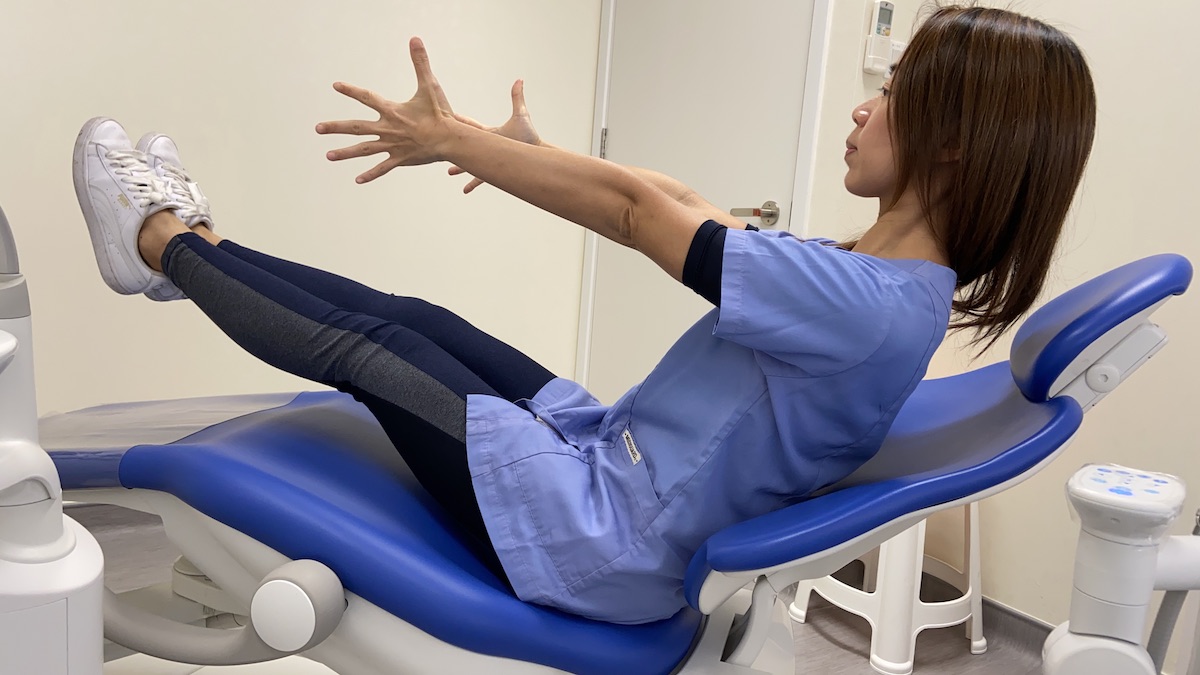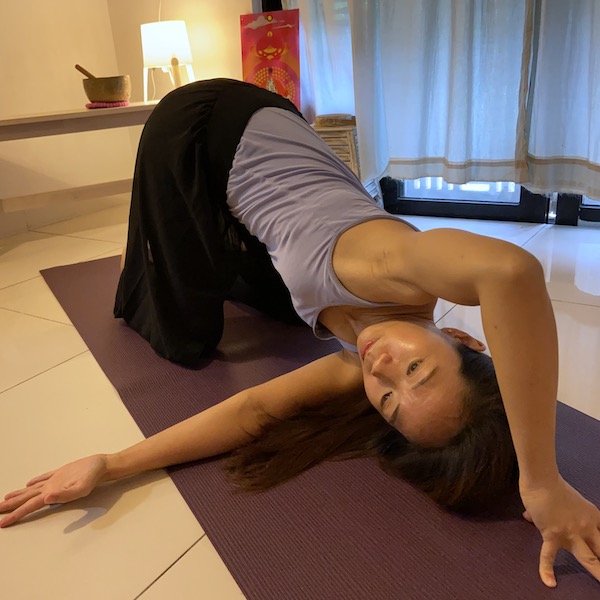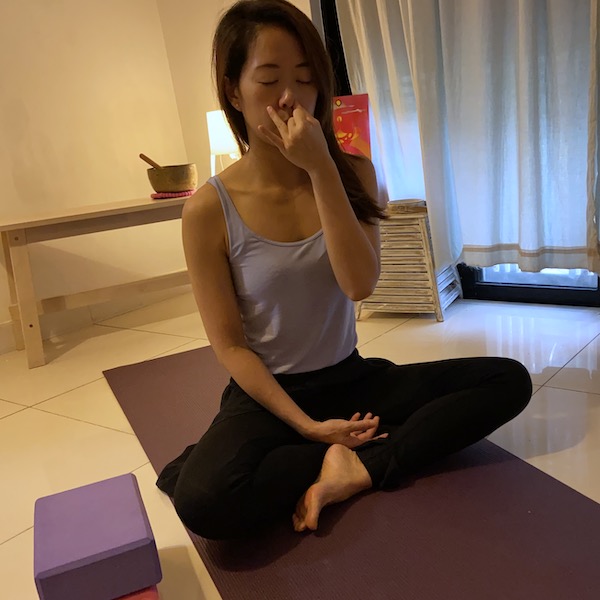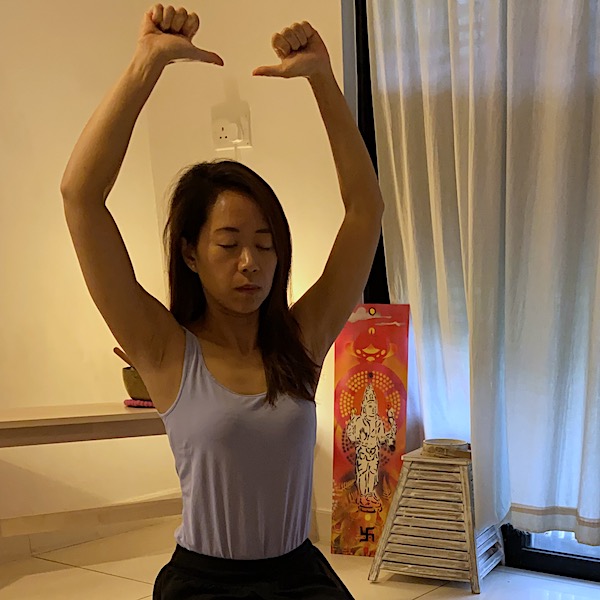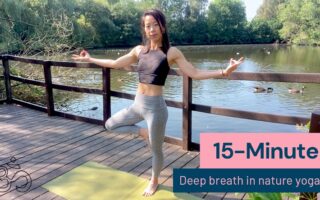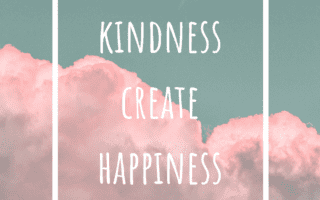What would you seek for help if you constantly suffering from body ache? Massage, acunpunture? physio therapist?
For me, during my almost 20 years of career, until I found yoga, I honestly tried everything above. Those methods are effective and reduce the physical pain in my body. Sitting in the dental chair for 8 hours/ day throughout these years, make me no exception for occupation related body-ache. The most common muscoskelatal problems associated with dental professions are example like neck pain, shoulder pain or sciatica pain. These symptoms could appear as early among young dentists. Therefore, it is not about the age, it is about our everyday working posture over the dental chair. More importantly, it is related to how we cope with all kinds of stress in the dental workplace. If these stress left uncheck, it would contribute to physical and mental diseases. Therefore, this make me keep searching out methods to cure the roots cause of the problem.
We are trained to be able to heal our patients, but we often forget to cultivate our inner ability to heal ourself first.
Yoga is the most holistic approach to improve overall wellbeing. In general term, yoga means to “bring together” or ‘to-be-united” with truth, aligning our true self. Yoga addresses our BODY, MIND and SPIRITUAL qualities of existence into a higher state of vitality and balance. Yoga treats human beings as a whole which seeing beyond our physical layer. We understand many illnesses arise from mental aspect which manifest as physical symptoms. Stress is the best example to illustrate mental conditions would cause various kind of cardiovascular diseases e.g. hypertension as well as affecting our auto-immune system. Being healthy means much more than falling into normal range among those health indexes. Being healthy is also meant by how content we are, being peaceful and living in a purposeful life. These qualities cannot be achieved by fitness programmes alone. The practice of yoga is an open door for us to reclaim our consciousness power to redirect our life in a way we deserve to be.
Yoga is a journey. Some people will begin this journey by first experiencing the physical benefit by stretching postures. Gradually, we put more awareness into our body by beginning to notice where are the sore spots within our body. Then we will enjoy the peaceful sensation arise after each yoga practice and look forward to the next. The radiance of happiness on our face make us realised the bliss is already embodied inside us. That’s how beautiful the yoga journey lay out. The benefit lists of yoga is endless. Therefore, I listed out the major elements with regards to practice of yoga to dental professions. Yoga practice here in general means the practice of Hatha Yoga, Patajanli eight-limbs and energetic system of Tantric yoga. I deeply believe that everyone will discover their own LA-LA-Land along the path of yoga practices. Any fitness programme cannot replace what yoga affects whole spectrum of your physical body as well as the mind.
Asana – Relief muscoskeletal tension
Asana means posture in Sanskrit term. In Hatha yoga, we practice series of postures connecting our breaths to our body. Regardless of experience, anyone can hop on to the yoga mat finding the most suitable level to begin with. Time is never wasted on every yoga practice, even 15 or 20 mins sequence, you will notice a big relief in your body and your mind!
- Lengthen
- Spine – main support throughout the body. Yoga significantly lengthen the entire spine (cervcial, thoracic, lumpar) helping us to sit more erect, equally distribute our weight by re-attaining a healthy curvature.
- Legs muscle – sitting long hours restrict the movement of our legs muscle, i.e. quadracepts/ hamstrings which hampers our flexibility and endurance.
- Front body – this includes our breathing muscles, inter-costal muscles restore our breath into a high quality. Many back bending postures are particular helpful. e.g cobra (left photo)
- Strengthen
- yoga strengthen/ tone up whole body musculature which give stability to our entire body
- core muscle – key factor allow us to sitting straight, standing tall. If our core muscle is toned in, we spend less effort maintaining erect spine on the dental chair.
- increasing our overall endurance – reduce fatigue or physical burn-out
- Increase flexibility
- movement increase the fluidity and blood circulation in our joint – keep movement , say bye-bye to stiffness.
- Fascia release – fascia is network of fibrous connector tissue around our body. It keeps organs in place and provides elasticity of body. Especially in Yin Yoga, passive movement allow hydration getting into these fascia layers. Rejuvenation and relief tightness.
- Unwind harmful postures ,
- Open up chest – we work long hours by hovering over our patient which causing us posture problems like round shoulders, hunch back etc. Specific yoga postures e.g puppy pose (middle photo) targets to rewind these harmful habits
- Side body balance – naturally we keen on over-stress either right or left in our body. We need to regain the balance by performing series of symmetrical poses e.g. twisting pose (right photo)
- Awareness to body signal – always listening to our body which will tell you many things!
Breathing exercise Pranayama – essence of life
Yoga fully emphasis on breathing. It is because breath is the ultimate link between our body and our mind. Imagine the condition when we are nervous, our breath become short and shallow. On the contrary, when we are relax, our breath is long and deep. Therefore, in yoga tradition, practicing pranayama (breathing exercise) empower individuals to gradual control over our mind. We has the ability to redirect our mind in the right direction.
Another favourable reason why every dentist would be hugely benefit from breathing exercise. It is because we are getting used to taking short shallow breaths when we are working. Take a moment to notice breath pattern when working on the your patient. Very often either due to we are in high alert state which our sympathetic nervous system is active. Also, we, in general, avoid taking deep breath over our patient our mouth. It is natural response not just because our profession but human nature. In addition to stress which encountered each day. All contribute our rather unhealthy breathing pattern which keep our body always in “war condition” (Fight-or-flight). Vulnerable to various long-term health problems e.g. cardiovascular, auto-immune diseases.
Freshen up from our physiology memory, only when the human body enter into parasympathetic nervous system, self-healing would be able to take place. Under the practice of asana and/or pranayama would be effectively bring the body back into restorative mode.
There are many breathing practices can begin with. Some practices can have tremendous impact to lengthen and deepen our every breath. While some can achieve a cleansing effect within our system. (Left: alternate nostrils; Right: Kapalbhati)
Savasana – deep relaxation
Savasana is the final pose in asana which require the body to stop all physical movement. The most important pose and yet the best way to letting go of the day. Recalibrating our body into a conscious fresh start. Less is More.

In savasana, we find stillness. We surrender our body and mind. Healing begins from here….
Meditation

Meditation is not solely for “spiritual seeker” on the path of enlightenment . Instead, in nowadays mind-body medicine, there are incredible researches recognising the scientific benefits about meditation. The practice of meditation has finally been demyifyed as a result of these proven studies. It definitely bridges the gap between spirituality and science. Even simple meditation technique can significant lower the stress hormone, i.e. cortisol in our body. When we are meditating, we are focus on particular object, e.g. breaths or sound. This is an excellent way to sharpen our attention. Especially in the era of over-stimulating social medias. Much effort is required to restore our focusing skills. In addition, the term neuroplasticity is closely related to meditation which means meditator has a higher capability to rewire brain circuits. After all, real experience worths a thousands words when describing the benefit of meditation.
In asana practice, our body moves between postures which build an arc of transcending our awareness from physical body towards our inner mind state. We take actions. We pause, We reflect during each yoga journey. Empowering ourself to encounter challenges in daily life. Every moment spend on yoga mat is never wasted. Our body is our vehicle to manifest our dream in life so we are obligated to keep our body and mind in harmony and healthy state.
From yoga mat to dental chair
The long that you practice, there is a sense of attitude develop towards yourself and surrounding environment. We will become more sensitive person to take notice about our feeling. We become a more compassions being which in yoga term means the practice of Yama and Niyama. We should carry this attitude beyond the yoga mat bring it forth to our dental practice. Advancing our professional life not just limited to the technical skills but it require the mastery skills making a shift which transform healing in a holistic paradigm.

